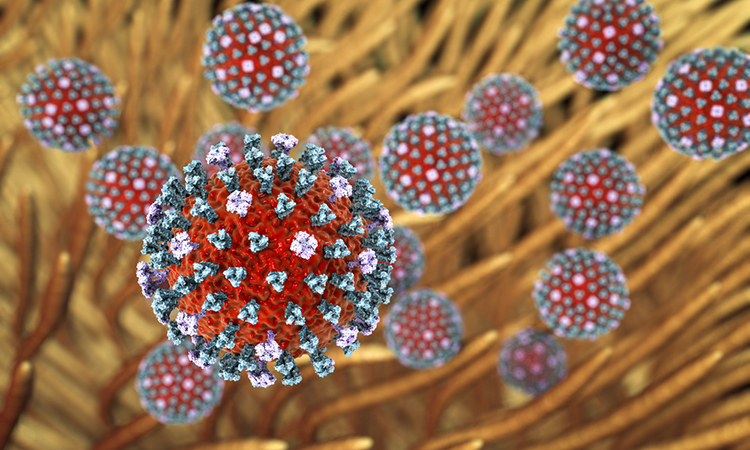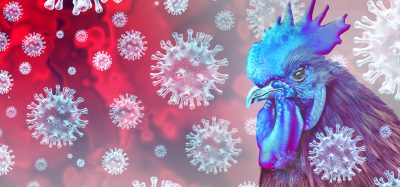Novel class of antibodies can neutralise multiple strains of flu virus
Posted: 22 December 2023 | Drug Target Review | No comments yet
The new antibodies can neutralise certain H1 and H3 strains with or without the 133a insertion, which could lead to improved vaccines.


Scientists from the University of Pittsburgh School of Medicine and Duke University have identified a previously unrecognised class of antibodies that seem to have the ability to neutralise multiple forms of flu virus. These findings could contribute to development of more broadly protective flu vaccines.
A flu vaccine prompts the immune system to produce antibodies that can bind to a viral protein named hemagglutinin on the outside of an invading flu virus, preventing it from entering a person’s cells. Different antibodies bind to different parts of hemagglutinin in different ways, and hemagglutinin itself evolves over time, resulting in the emergence of new flu strains that evades old antibodies. Each year, new flu vaccines are offered based on predictions of whatever the most dominant strains will be.
There have been extensive research efforts to develop flu vaccines that are better at protecting against multiple strains at once. Many scientists are focused on antibodies that can simultaneously protect against flu subtypes H1 and H3, which come in multiple strains and are cause widespread infection. Dr Holly Simmons from the University of Pittsburgh and her colleagues concentrated on a particular difficulty in this endeavour: a small alteration found in some H1 strains in the sequence of building blocks that makes up hemagglutinin. Certain antibodies capable of neutralising H3 can also neutralise H1, but not if its hemagglutinin has a change called the 133a insertion.
In experiments using blood samples from patients, the team found a new class of antibodies capable of neutralising both certain H3 strains and certain H1 strains with or without the 133a insertion. Distinct molecular characteristics set these antibodies apart from other antibodies capable of cross-neutralising H1 and H3 strains via other means.
The study expands the list of antibodies that could contribute to development of a flu vaccination that achieves broader protection through a variety of molecular mechanisms. Also, it adds to increasing evidence supporting a move away from the most common flu vaccine manufacturing approach: vaccines grown in chicken eggs.
The authors said, “We need annual influenza virus vaccines to keep pace with continuing viral evolution. Our work suggests that the barriers to eliciting more broadly protective immunity may be surprisingly low. Given the right series of influenza virus exposures/vaccinations, it is possible to for humans to mount robust antibody responses that neutralise divergent H1N1 and H3N2 viruses, opening new avenues to design improved vaccines.”
This study was published in PLOS Biology.
Related topics
Antibodies, Vaccine development
Related conditions
Influenza
Related organisations
Duke University, University of Pittsburgh
Related people
Dr Holly Simmons (University of Pittsburgh)








